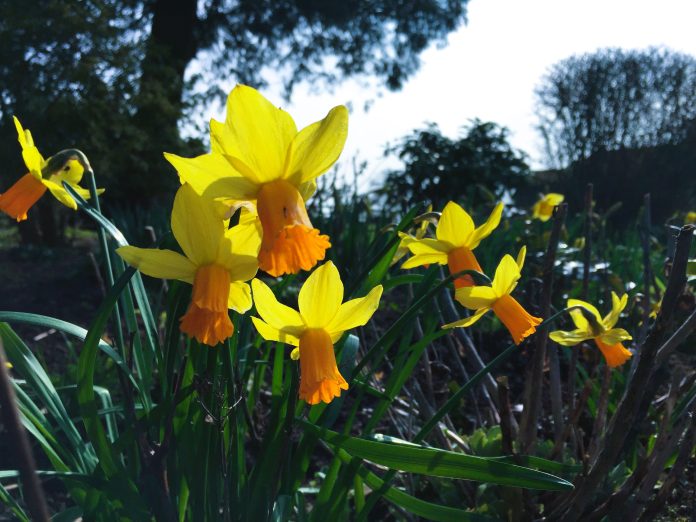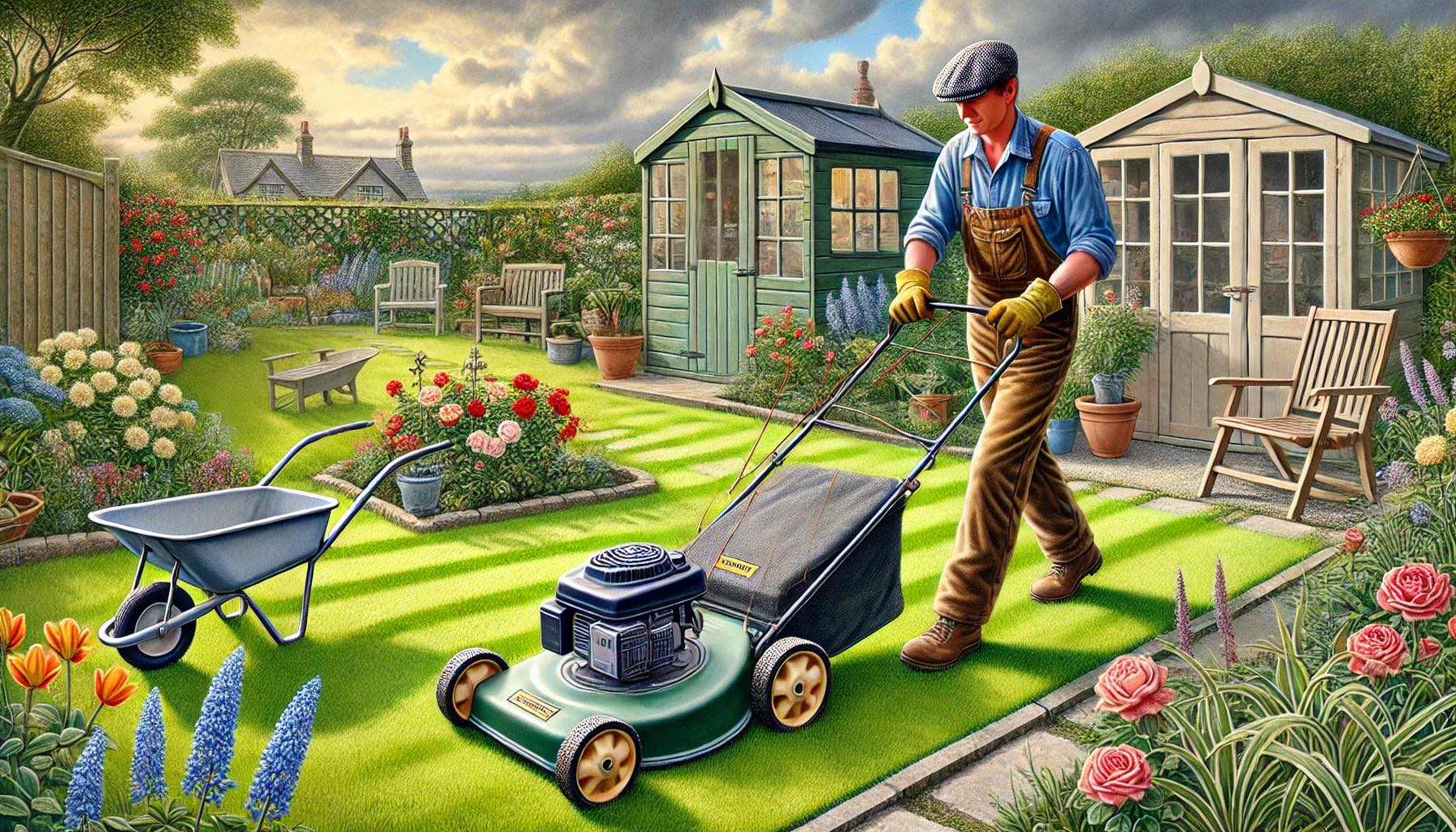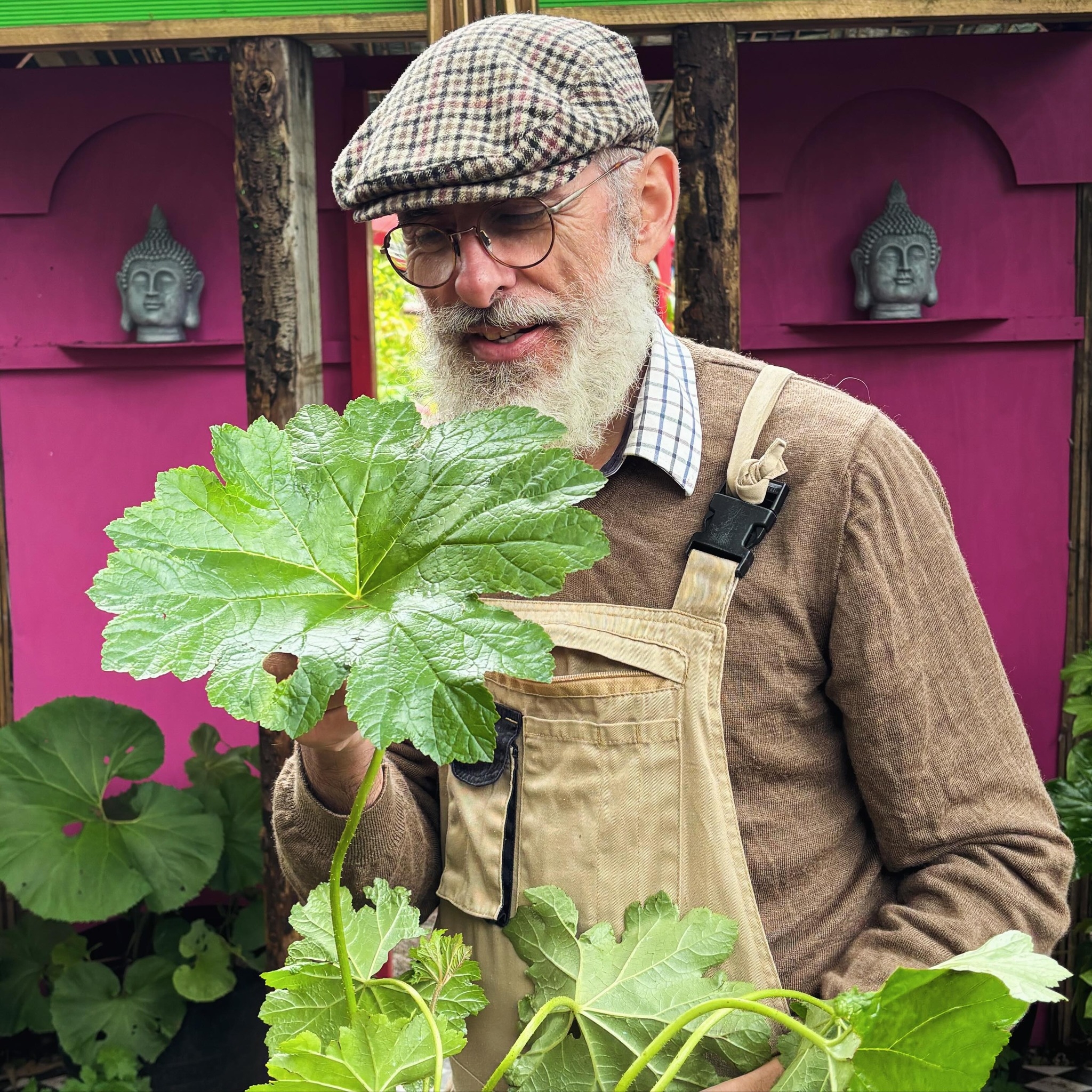Plant Grow Guide: Narcissus (Daffodils)
Taxonomy
- Scientific Name: Narcissus spp.
- Family: Amaryllidaceae
- Common Names: Daffodil, Narcissus, Jonquil
Origin
- Native Range: Europe, North Africa, and Western Asia.
Plant Type
- Type: Herbaceous perennial bulb
Position
- Light: Full sun to partial shade
- Exposure: Sheltered or exposed
Soil
- Type: Well-drained, loamy or sandy soils
- pH: Neutral to slightly acidic
- Moisture: Moist but well-drained
Size
- Height: 10 to 50 cm (4-20 inches), depending on variety
- Spread: 10 to 15 cm (4-6 inches)
Hardiness
- RHS Hardiness Rating: H6 (Hardy to -20 to -15°C)
- USDA Zone: 3-8
When and How to Plant
- When to Plant: Autumn, ideally September to November.
- How to Plant:
- Choose a sunny or partially shaded location with well-drained soil.
- Plant bulbs 10-15 cm (4-6 inches) deep, pointed end up.
- Space bulbs about 10 cm (4 inches) apart.
- Water well after planting.
Flowering
- When it Flowers: Late winter to late spring, typically from February to May depending on the variety.
- Description: Trumpet-shaped flowers with a central corona surrounded by petal-like tepals in shades of yellow, white, orange, or pink.
How and When to Prune
- When to Prune: After flowering (late spring to early summer).
- How to Prune:
- Deadhead spent flowers to prevent energy going into seed production.
- Allow foliage to die back naturally to replenish the bulb.
- Remove yellowed or dead leaves to keep the area tidy.
How to Propagate
- Division:
- Dig up clumps of bulbs in summer after the foliage has died back.
- Separate offsets and replant immediately or store in a cool, dry place until autumn.
- Seeds:
- Sow fresh seeds in autumn; note that seed propagation may take several years to produce flowering plants.
Pests and Diseases
- Pests:
- Narcissus bulb fly: Prevent by planting bulbs deeply.
- Slugs and snails: Protect young shoots with barriers or organic treatments.
- Diseases:
- Basal rot: Avoid planting in poorly drained soils.
- Virus infections: Destroy affected plants to prevent spread.
Best Varieties
- Trumpet Daffodils: ‘King Alfred’, ‘Dutch Master’
- Large-Cupped Daffodils: ‘Ice Follies’, ‘Carlton’
- Small-Cupped Daffodils: ‘Barrett Browning’, ‘Dreamlight’
- Double Daffodils: ‘Rip van Winkle’, ‘Cheerfulness’
- Jonquils: ‘Baby Moon’, ‘Pipit’
- Miniature Daffodils: ‘Tête-à-Tête’, ‘Minnow’
Companion Plants
- Plants it Goes Well With:
- Early spring bloomers like crocuses (Crocus spp.) and hyacinths (Hyacinthus spp.).
- Groundcovers like creeping phlox (Phlox subulata) and ajuga (Ajuga reptans).
- Perennials such as lungwort (Pulmonaria) and hellebores (Helleborus).
History and Interesting Facts
History
Daffodils have been cultivated for centuries and are deeply embedded in cultural history. They were prized by the ancient Romans for their medicinal properties and later became a symbol of renewal and hope in Christian iconography. In the UK, daffodils are particularly associated with Wales, where they are a national emblem and often worn on St. David’s Day.
Interesting Facts
- The name “Narcissus” is derived from Greek mythology; it refers to the youth Narcissus, who fell in love with his reflection.
- Daffodils are toxic if ingested, making them deer and rabbit resistant.
- They produce a natural chemical, galantamine, which is used in the treatment of Alzheimer’s disease.
- The “Tenby daffodil” (Narcissus pseudonarcissus subsp. obvallaris) is native to the UK and found primarily in Wales.
- Daffodils symbolize new beginnings and are often used in springtime celebrations and floral arrangements.
Additional Care Tips
- Water daffodils during dry spells in spring and early summer to ensure the bulbs store enough energy for the next season.
- Apply a low-nitrogen fertilizer after flowering to promote healthy bulb development.
- Avoid cutting foliage too early, as this can reduce the plant’s vigor.
This guide ensures that your daffodils will brighten your garden year after year with minimal effort!




